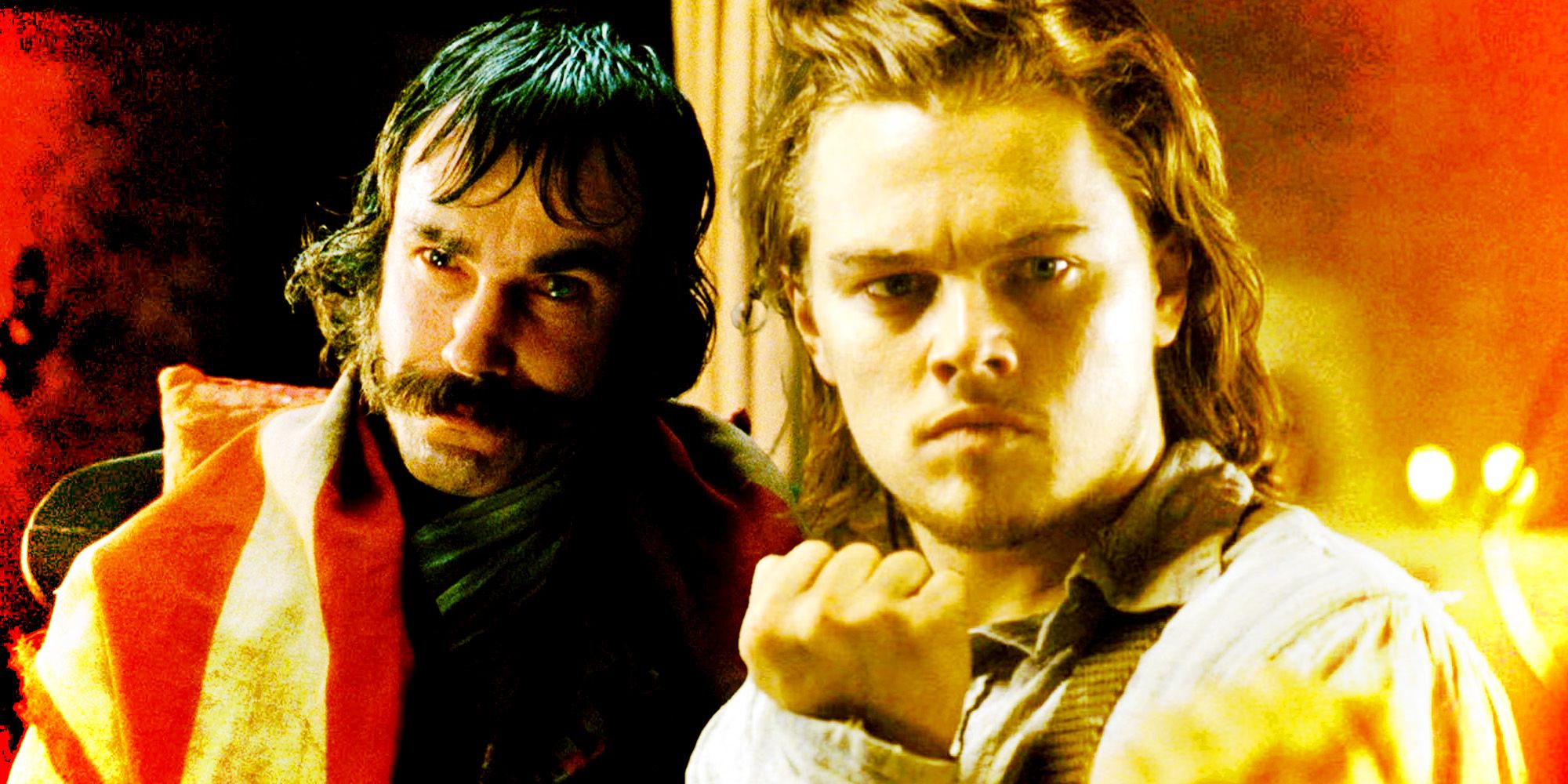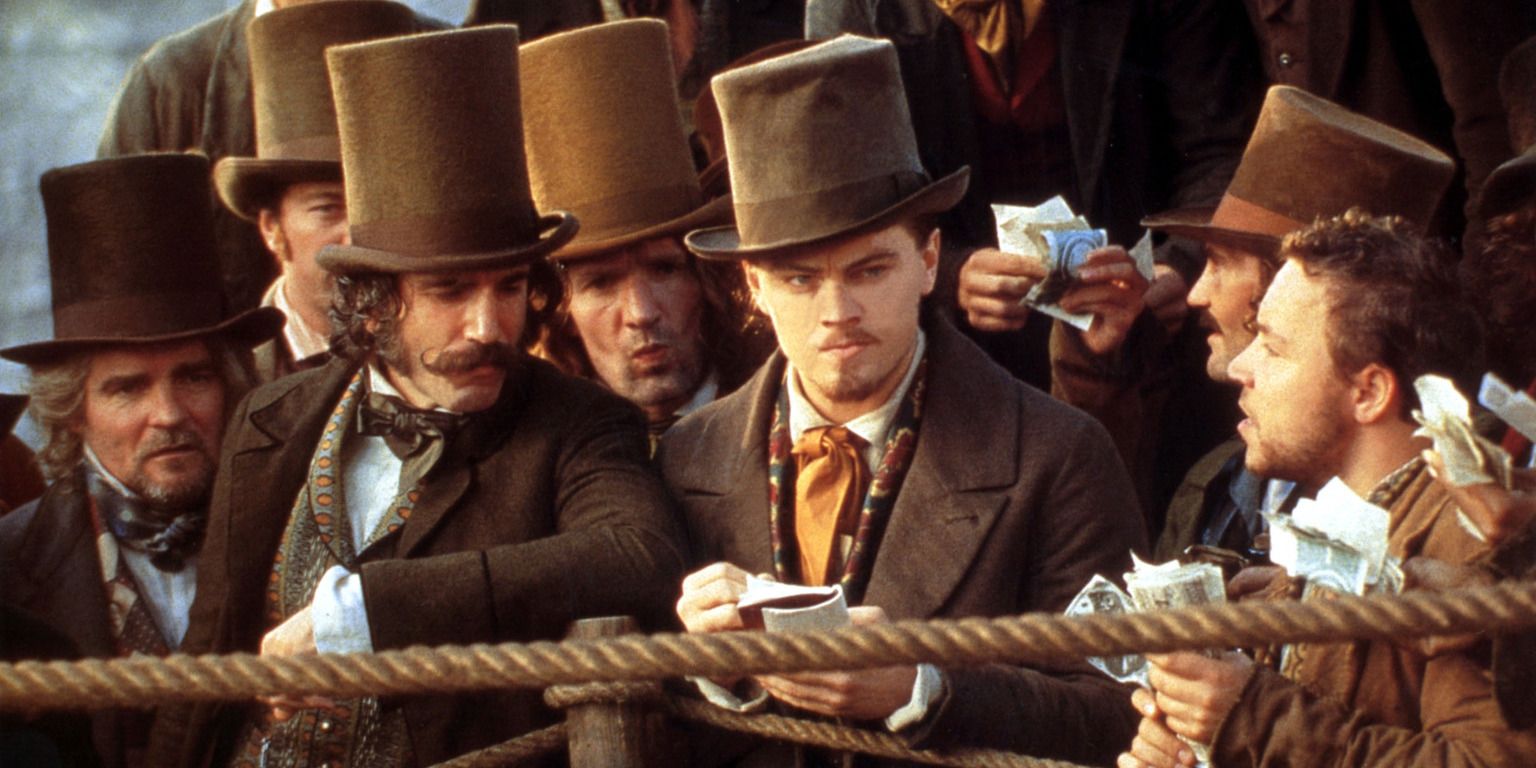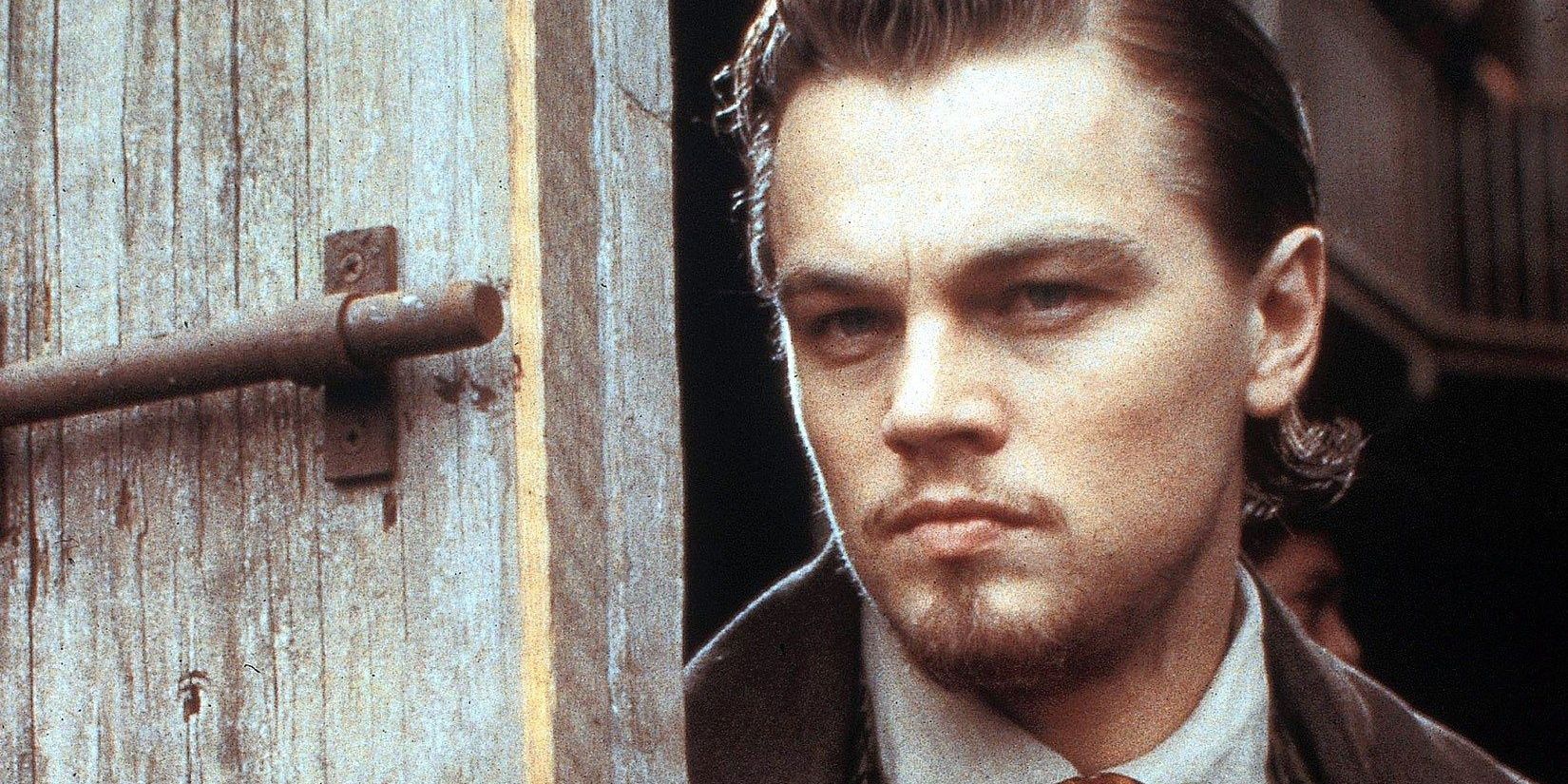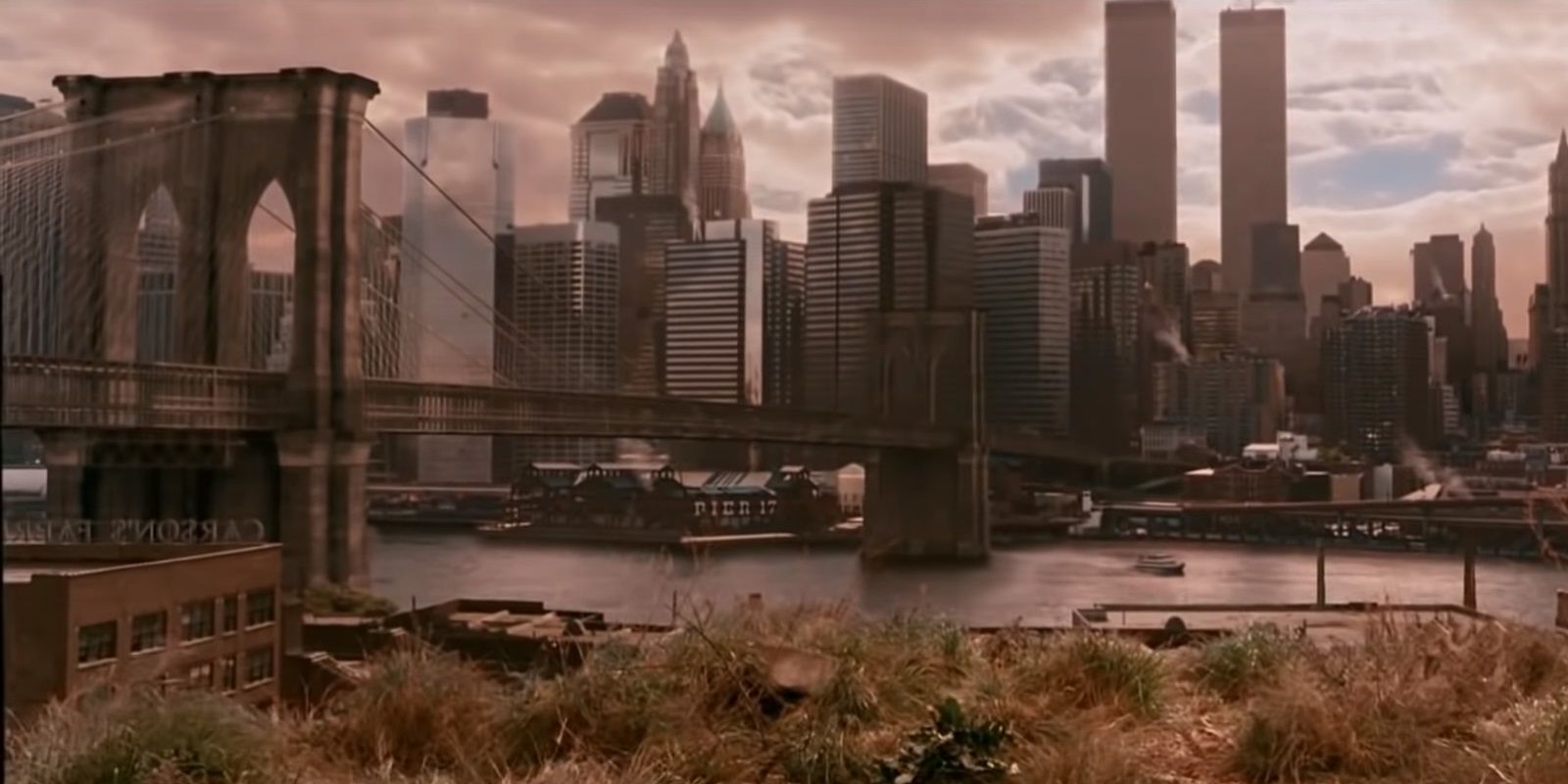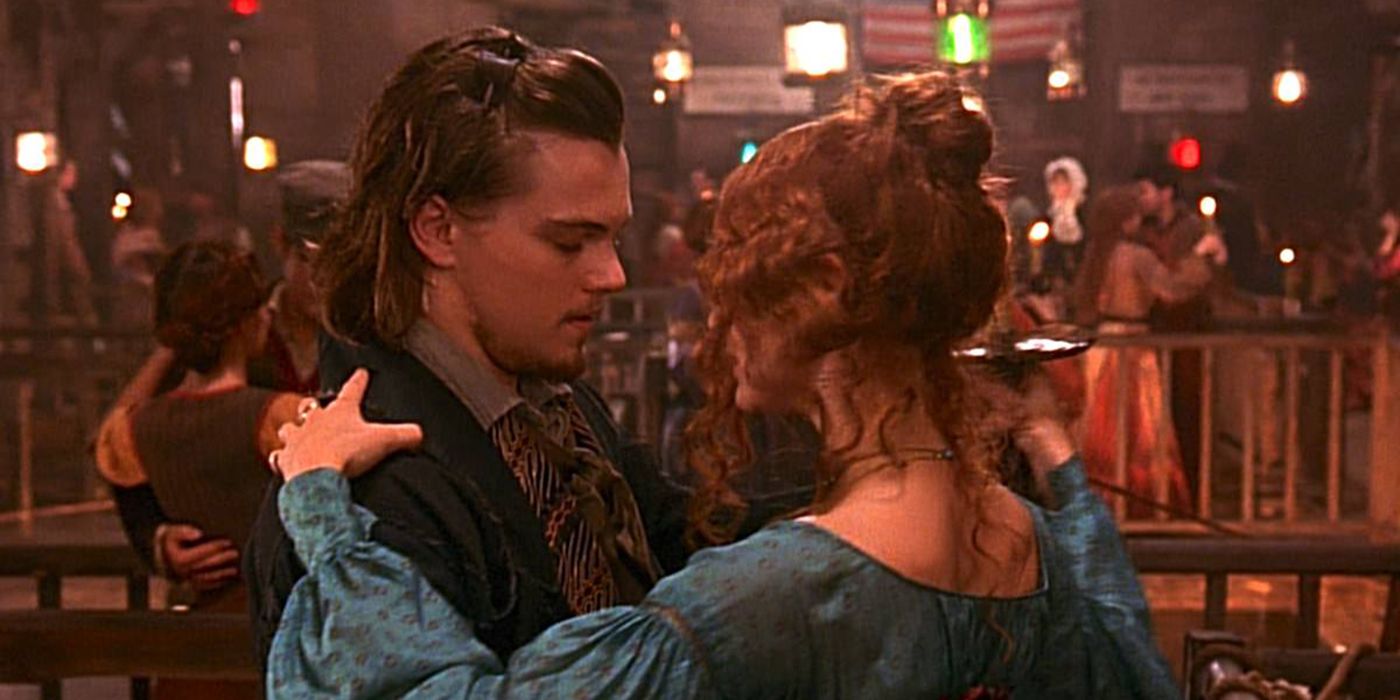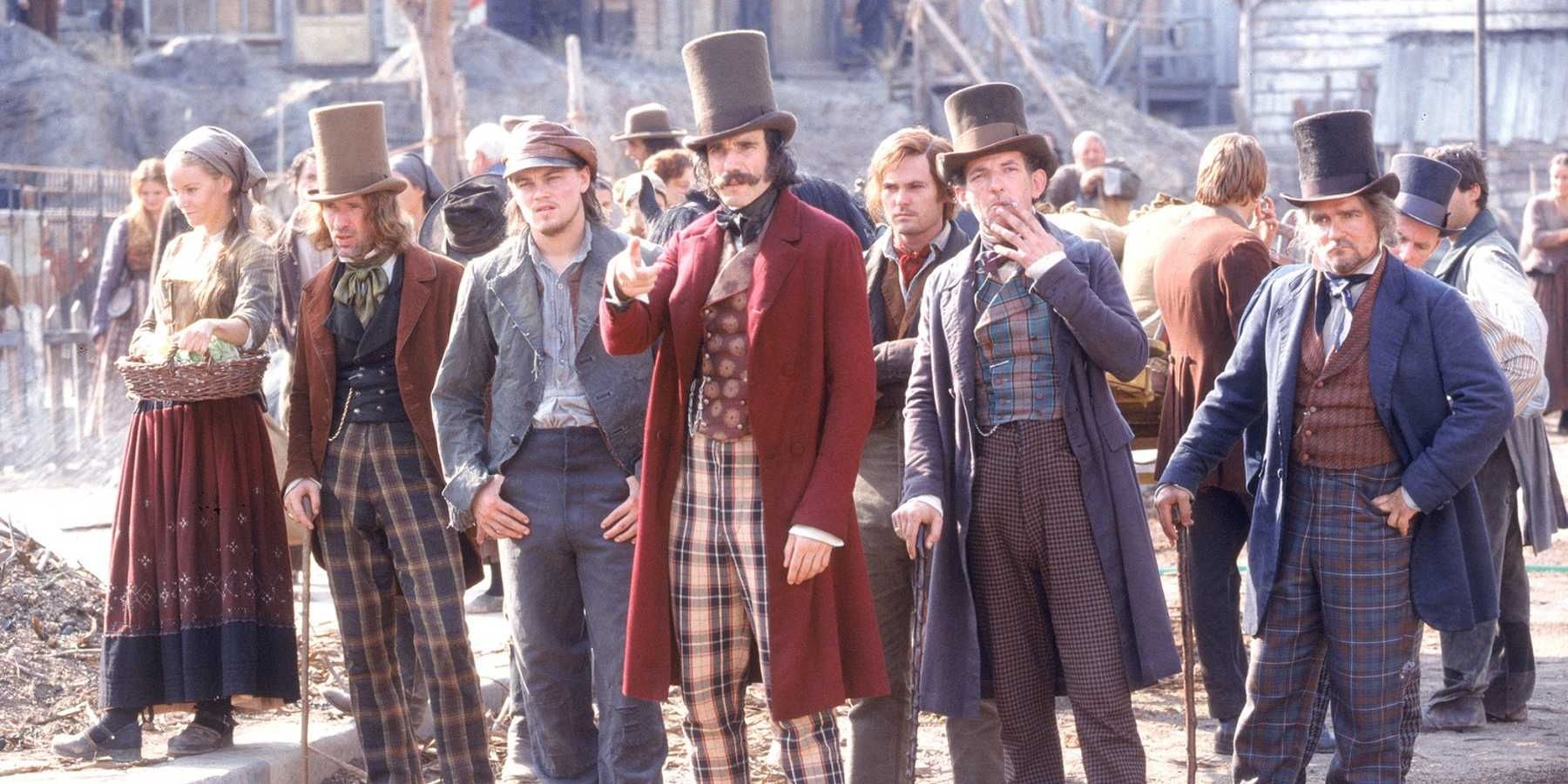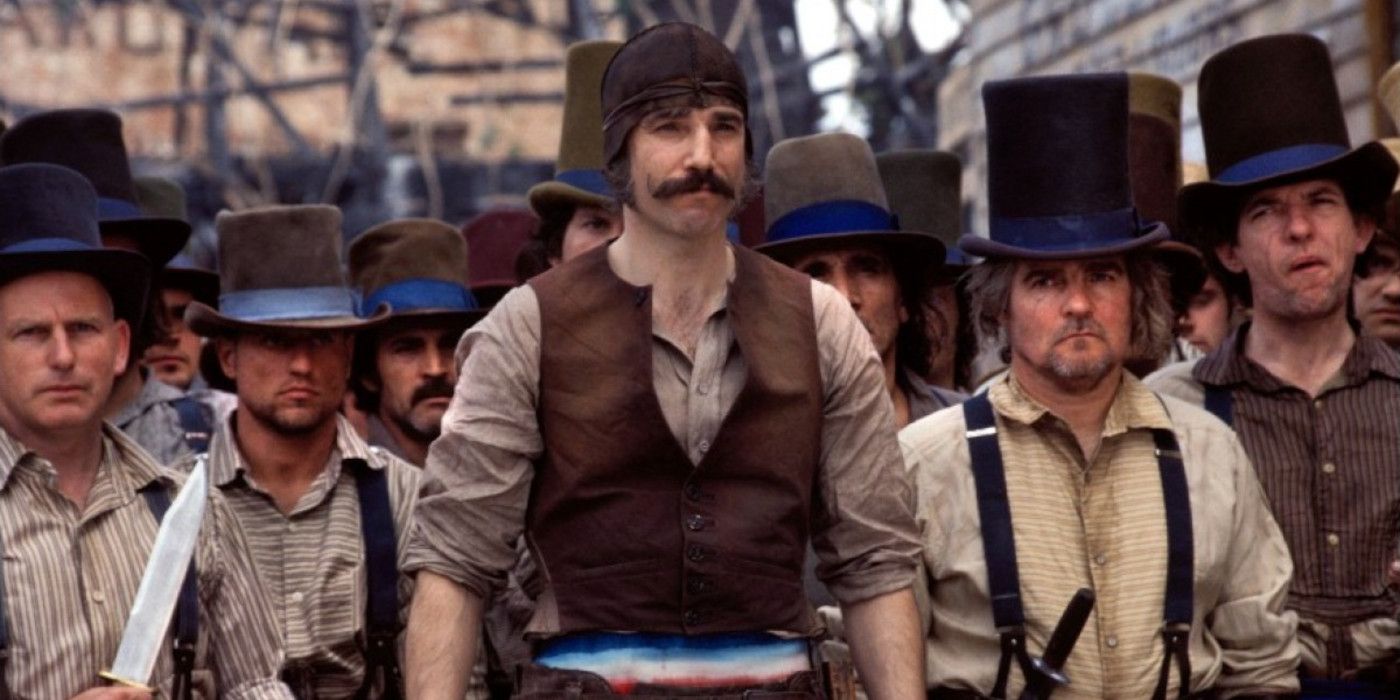Summary
- Gangs of New York's ending showcases the message that history cannot be erased, as Amsterdam avenges his father's death and buries the knife as a symbol of understanding.
- The changing New York City skyline in the film's final moments represents the ever-evolving world, while Amsterdam's words remind us that the past will not be forgotten.
- The film's portrayal of the draft riots reflects the real-life violence and social unrest in 19th-century New York, emphasizing the importance of acknowledging history to prevent its repetition.
Martin Scorsese's Gangs of New York is a complex and heavy film whose ending could use some explaining. The 2002 drama stars Leonardo DiCaprio in the lead role of Amsterdam Vallon, alongside Daniel Day-Lewis as the dastardly villain William "Bill the Butcher" Cutting. At the start of the film, Bill murders Amsterdam's father, and this sets the tone for the remainder of the movie. Gangs of New York then jumps forward 16 years, when an adult Amsterdam has a plan to avenge his father's death. Along the way, he meets Cameron Diaz's Jenny Everdeane, and he falls for her despite some initial conflicts in their relationship.
Gangs of New York was loosely based on a real story, which Scorsese learned about after reading Herbert Asbury's book The Gangs of New York: An Informal History of the Underworld. The book covers the time period as Scorsese's film, but unsurprisingly, much of the latter's story was fictionalized. However, many of the characters were inspired by real people, such as Bill being based on William Poole and Amsterdam seemingly being based on John Morrissey. DiCaprio's character mostly seemed to be a work of fiction, though. Regardless, the movie holds a significant message about history, and this shines brightest during Gangs of New York's ending.
Amsterdam Kills Bill To Avenge His Father's Death
Amsterdam eventually does achieve exactly what he set out to do, even if things don't go according to plan. At the start of Gangs of New York, Amsterdam plans to kill Bill because the man murdered his father 16 years earlier. However, along the way, Amsterdam becomes Bill's protégé, and while this seems like it will make his job easier, Bill finds out the truth about Amsterdam, and it foils his plans.
Johnny figures out who Amsterdam is when they meet, and later in the film, he reveals Amsterdam's true identity to Bill as well as his plans to kill him. However, during the final fight at the end of Gangs of New York, Bill is injured by shrapnel, giving Amsterdam the opportunity to finally defeat him. Amsterdam uses his father's knife to kill Bill in a pretty full-circle ending for the film.
Why Amsterdam Buries The Knife By His Father & Bill's Graves
After killing Bill at the end of Gangs of New York, Amsterdam buries his father's shaving knife next to his father and Bill's graves. At the start of the film, Amsterdam's father cuts himself with the knife, and when the boy tries to wipe the blood off, his father responds, "No son. The blood stays on the blade. One day you'll understand." This is a significant quote as it carries the message of Scorsese's film.
There is no way to erase the past, so wiping the blood off the blade will not change the fact that there once was blood on it. By burying the knife, Amsterdam is assuring his father that, as he told him as a child, he does now understand what his message means. It also signifies that Amsterdam has nothing left to fight for, so he is surrendering the weapon and returning it to his father.
How New York's Skyline Changing Connects To Amsterdam's Final Line
Gangs of New York ends with the New York City skyline transitioning from the movie's 1860s setting to its modern 2000s appearance. The film's final line plays as this happens, with Amsterdam explaining that after everything that happened, no one would remember it in years to come. Amsterdam says, "For the rest of time, it would be like no one even knew we was ever here." The ever-changing skyline exemplifies these words. As the graves turn rusty and then soon crumble altogether, the skyline keeps changing. The world continues to evolve and move forward as the past disintegrates into a history that isn't often spoken of.
What Happened To Amsterdam & Jenny After Gangs Of New York?
Gangs of New York doesn't offer a clear answer to what happens to Amsterdam and Jenny, though it's suggested that he leaves New York with her to move to San Francisco. Earlier in the film, after Bill attacked Amsterdam, Jenny suggested Amsterdam go with her to the West Coast. However, Amsterdam is determined to get revenge on Bill, so he returns to Five Points to do so. At the end of the movie, though, it seems likely he does join Jenny in a move to the West Coast.
Jenny stands by Amsterdam as he buries the knife, and they walk away together when he's done. The two fade away as Amsterdam's final line of the film plays in a voice-over, suggesting they stay together and most likely follow through with Jenny's plan. There's nothing left for Amsterdam in New York now that he's finally gotten revenge for his father's death. It would be best for both of them if they didn't stick around, haunted by the tragedies they were a part of.
How Many New Yorkers Died In Real Life?
While much of Gangs of New York is fictionalized, it was based on the real gang violence that occurred in Five Points, New York, in the 19th century. In the film, the draft riots break out because men are outraged that they are being drafted into the Civil War, and their only way out is to pay a $300 fee that the average person can't afford. This is at the same time that the gangs are preparing to fight and when Amsterdam ultimately kills Bill.
In real life, the Civil War riots led to a published death count of 119 people, though the estimated deaths were around 1,200 (History.com.) Black Americans suffered the most during the riots, which is briefly shown in Gangs of New York during Jimmy's death scene. However, the real-life effects of the Civil War riots were much more detrimental.
The Real Meaning Of Gangs Of New York's Ending
The significance of Gangs of New York's ending could be related back to Amsterdam's father's quote. You can wipe the blood away, but you can never erase history, even if the whole world tries to forget the tragedies of the past. The message that Scorsese wanted to get across was that history repeats itself if society doesn't acknowledge it.
Filming for Gangs of New York concluded before the attacks on September 11, 2001, meaning during the New York City skyline shots, the twin towers are visible. This final shot is enough to get the film's message across as the 9/11 attacks continue to haunt society. Even though the younger generations seem detached and have tried to move forward as if it never happened, just like the broken graves from the Civil War riots, there's no escaping history.

